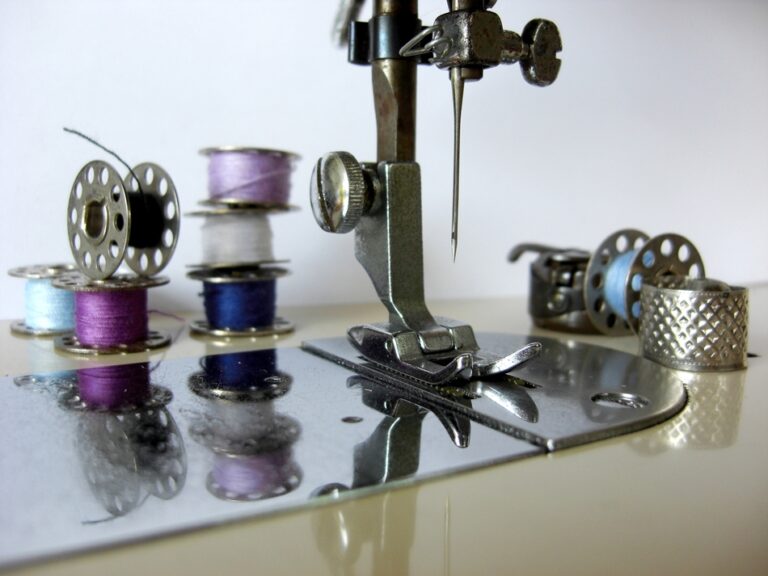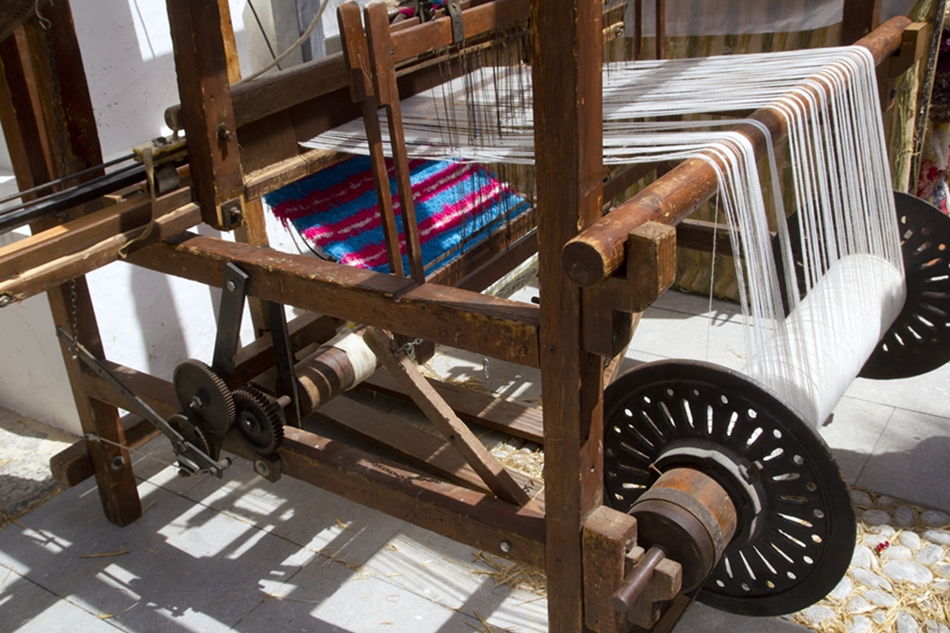
Fashion and technological fabrics.
Just as we discussed in the first article of this series, one of the goals of the textile industry is to make us see fabrics as a second skin, and for it to provide us with increased comfort and new uses.
Innovation is disruptive and defies itself in the expectation of turning textiles with exceptional and innovative properties into a part of our bodies. This idea that takes us into the future makes it possible to develop textiles that compensate for the weaknesses of our own epidermis.
For this reason fabrics take on a new dimension that resembles a smart epidermal solution. Although the materials are artificial, they try to make them look as natural as possible and integral to our bodies.
These new textiles have promoted and defined new trends in fashion that we can group into the following categories.
Art.
The new fabrics are now fertile ground for creative research and although many designers and artists have used textile materials in their creations, new technologies offer novelty and multiple possibilities for work; metallized meshes, hi-tec textiles, technical silk, super-tight neoprene, natural fibers fertilized with iron or other metal alloys.
From design studios, which in part have become labs, stem innovative designs such as Fendi’s braided dress in polymethylmetacrylate, Christopher Kane’s incredible embroidered organdy, Azzedine Alaia’s raffia and silver thread suit or Jesus del Pozo’s models created with gold fabric on silk and rubberized gabardine made of recycled tires.
Designers like Cardin or Paco Rabanne have already conducted experiences with metallized fabrics and plastic to close the gap between art and fashion. Another example of this new artistic dimension of technical textiles are Julien David’s thermoplastic polyurethane skirts with hologram effects.
Green.
An amazing, real and necessary green-textile revolution has already started and it is unstoppable. Many textiles now stem from recycled plastic bottles, fishing nets, used tires, coffee residues, post-industrial cotton, among other materials which are discarded after being used.
These fabrics are leading the battle for balance, nature conservation, and sustainable production and consumption. A new era has begun with the production of environmentally friendly fabrics.
With the transformation of obsolete industrial and military materials, new technological fabrics have been created. Another example is a fabric based on virgin wool attached to a thin waterproof technical membrane, which is protective and breathable at the same time. These fabrics based on organic cotton and technological fibers are a real promise of conservation.
Another company that specializes in fibers and polymers has launched the first Lycra-like fiber developed from biological materials. Thus, this unique commercial version of bio-based spandex is made up of 75% of renewable products such as dextrose derived from corn.
New 3D printers make it possible to create new materials, such as leather free of flaws or unevenness, 100% recyclable and without the need to sacrifice any animals.
Techno.
New fibers are created from nanotechnology with magnetic, electrical and catalytic properties, which produce cotton fabrics that are able to recharge our phones by capturing solar energy, as well as anti-stain textiles, suits that repel malaria mosquitoes, and more.
International fashion brands are using textiles that provide increased comfort, are folding and wrinkle-resistant, and can maintain a cold temperature in summer or a warm temperature in winter, as well as transform the skin perspiration into a source of heat and store it.
In the medical and cosmetics field, the new fabrics will be able to actively provide health care and improve our appearance. These are the new medical and cosmetic textiles.
For example, underwear items or leggins with microcapsules that contain reaffirming active ingredients that strengthen the skin’s elastane and collagen fibers, or anti-cellulite medication that boosts blood circulation. A famous American jeans brand includes in their pants’ fabric regenerative cosmetic active ingredients in the form of micro-spheres that moisturize, tone or fight against “orange peel effect”.
We can now find in the market a range of slimming and moisturizing lingerie that uses fabric that consists of fibers with bioceramic crystals that enhance drainage and bodily heat thermoregulation to promote a better penetration of active ingredients molecules.
Currently we can also find in the market anti-UV t-shirts that have a built-in IP50 titanium dioxide filter suitable for sensitive skin and that endures more than 40 washes at 40 degrees.
If cosmetics brands see the new fabrics as a “dosing packaging”, textile manufacturers use cosmetic compounds to turn their garments into beauty allies and pioneers.
This is a new revolution that blurs the boundaries between fashion and cosmetics. Not far from now we will be able to see beauty products on hangers in our closet.
Wearable.
Possibly innovation and future will not come from adding electronic devices to garments, but because these garments will directly be electronic. It means that we will be connected the moment we put on clothes.
In fact, what we currently call wearables, which could be described as “technology that can be worn”, is a piece of garment with an electronic device attached to it that enables a connection with other devices.
Recording movement or number of steps per day, calculating the intake of calories or checking the heart rate are only a few of the new benefits that innovative ultra-electronic fabrics can offer.
A German sports brand has launched a t-shirt with a device connected to the internet that receives and analyzes information about the performance and variables during a sports training session.
A t-shirt is in pilot phase that is made of fabric with an integrated set of microscopic chips; when we put this t-shirt on, it starts to record our vital signs, which can be remotely monitored by a lab, clinic or team of doctors.
Remember, the hangers in our closets will not only contain cosmetics and medicine tools, but also part of our electronic, digital and communication devices.
Bottom line.
These new technological textiles will become our second skin. It will protect our health, take care of our appearance, adapt to the environment, respond to our needs, change according to our preferences, and keep us connected.
In addition to all of that, our garments will continue to highlight our uniqueness and to provide a touch of glamour, eccentricity, bohemia or exclusivity we seek when we select a fashion item.
Until the next article!














































